Though it may seem like a straightforward question, attempting to clearly define what is horror and what is merely thriller is far from easy.
Ask the question to three film buffs, and you’ll get four answers. Ask a critic, and you’ll get an additional three.
While it is fairly easy to separate, let’s say, mumblecore drama and slapstick comedy, the difference between horror and thriller appears to be much more elusive. Even when with particular pictures, many people have an instinctive feeling that they belong to one group or another, but it is still hard to pinpoint what exactly separates the two kinds of cinema of terror.
To answer the titular question, we must understand what genre even is.
It is a type of cultural text — in this case, we focus on film — defined by iconography and conventions used to convey meanings to a viewer. To put it more simply, the genre is defined by the images and symbols it uses and the tropes and devices it uses.
To add to this definition, a genre often dictates what feelings a work is supposed to invoke in a viewer.
A comedy can be about anything; it can use symbols of romance, sci-fi, western, etc. But it is supposed to invoke amusement and laughter. That is why we can talk about something being a bad comedy — because it fails to meet the expectation of making a viewer laugh.
So, if that is the case, it seems the question is easy to answer.
Horror, as the name suggests, is to terrify, while a thriller is to invoke a thrill.
The problem is that those feelings often fall close together, and a film creator can terrify to cause a thrill and thrill in order to scare. So, looking at the feelings a genre ought to invoke won’t be very helpful.
Then, simply, we need to agree on the symbols and conventions of horror and the ones that belong to thrillers. The problem is that it is very hard to get people to agree what are the set symbols and conventions of those genres.
Many claim horror is often categorized as a subcategory of fantastique — the genre that deals with what is non-existent in our world — side by side with fantasy and sci-fi. Therefore, horror is simply a thriller: a genre that deals with scarring, thrilling, and invoking the feelings of suspense with fantastical elements.
That might seem like a good definition, but it quickly falls apart when we look at many horror subgenres: torture porn, slasher, and new French extremity would all be excluded from the horror genre.
This would not only cause an outcry from most horror buffs but also quite a lot of problems with how we interpret horror, as a lot of theoretical literature about the genre puts together the works that are supernatural and the ones that are not.
There are more problems with this definition.
For example, it causes certain interpretations to be “the one true interpretation” in the case of films that leave the nature of their big bads ambiguous.
We know that in A Nightmare On Elm Street, Freddy is a real ghost/dream demon within the world of the movie. Yet, we do not know if, in The Babadook, the titular creature really terrorizes the characters or if it is more of a representation of Amelia’s mental state.
Is there a witch in The Blair Witch Project? Or is it simply a film about students getting lost in the woods?
The ambiguity makes the film more compelling, and this definition strips it away. If The Babadook is categorized as a thriller, then a viewer would assume that the creature is a figment of imagination. If we do not put such rigid categories on film, what they ought to think is left to the viewer.
Such categorization would also often strip a film of mystery and suspense — going against the tenet of how a thriller is supposed to be suspenseful.
In many films, the question of whether something fantastical is happening causes an additional layer of terror.
If we categorize films such as Hush, Hush Sweet Charlotte, or Housebound as thrillers according to this definition, it will take away the reveal of how there are actually no fantastical elements to those stories. This, in turn, would make them lesser thrillers, as they would no longer cause a thrill.
Moreover, this definition also assumes that we can all agree on what is supernatural.
Can we agree that Alien is supernatural because there are probably no xenomorphs in the real world? Yes, probably. But ask any devoted Catholic, and they will not deny the existence of demons. Is The Exorcist then a thriller, but only for Catholics?
Then, whether something is a thriller or horror would depend on the level of suspension of disbelief and knowledge a viewer possesses: one could argue that Jaws is a horror because there are no great whites that behave like the shark in the movie. But another person could say, “Yes, but sharks are not supernatural beings, so this is a thriller.”
As we can see, this divide causes more problems than it solves, and the potential discussion it would spark about generic qualities of a work of art would be limited to rather simple arguments about whether something is real or not.
This is, however, not the only definition out there. As stated, works of a specific genre are to share symbolism and conventions.
If we agree on recognized tropes of horror, we can easily put films in each category. The problem is that certain tropes can be very broad.
If “explosions need to play a major role” is a defining characteristic of an action film, then Wrong Turn, Jason Lives, and The Fly could all be categorized as action films. To narrow this down, one can add meta characteristics to make things clearer. If a director mostly directs horror movies, the film has a famous scream queen featured prominently and alludes to many horror movies; then it is probably a horror movie.
This, unfortunately, still does not answer the question.
Firstly, it would mean we already need to know for certain that said horror movies are horror to recognize meta allusions to them as a mark of horror.
If we see Friday the 13th as a horror movie, then another film that takes place in a summer camp where youths are killed by a masked killer is for sure going to be recognized as horror, too. But if we do not see Friday the 13th as a horror — then no. Secondly, it would mean that it is nearly impossible to break the mold and get into the genre with new ideas.
The Lighthouse is broadly seen and discussed as a horror movie, but it hardly looks and smells like anything done before in the genre (at least in what is broadly known).
We can then see that even if we know what a genre is, we cannot agree on what constitutes the genre of horror versus the genre of thriller. The matter of what the films invoke in the viewer is also not helping, as whether something terrifies you or simply causes a thrill is very subjective.
In all of this, we have not asked the question of what genre even is for.
Yes, it is a mode of communication, but what does it communicate, and for what purpose?
There are two primary uses of genre, strongly tied together. Firstly, there is the matter of marketing. What sells and to whom at a particular time?
Does it pay off to call a film horror or thriller? Silence of The Lambs, despite being seen by many fans as horror and recognized as an important landmark of the horror landscape, has been advertised as a thriller. That helped its wide recognition, including the film scoring several Academy Awards. It was simply more profitable to advertise a movie like that as a thriller (and horror was at the time considered a “lowly” genre not associated with the psychological atmosphere and themes or adult characters).
As the popularity of horror has grown, the term “elevated horror” has surfaced in reference to “artistic” horror, one that is focused on deepening characters, social or psychological concepts, scaring by complex concepts and atmosphere rather than by jumpscares or gore.
The term has been mostly used in reference to modern releases, gaining popularity in 2014 with releases of such pictures as It Follows, The Babadook, and, of course, Get Out.
The conversation about how horror is “good now” and achieved a level of artistic cinema is a rehash of separating horror and thriller that has been present in the cinema of terror.
From a marketing standpoint, the establishment of elevated horror is a brilliant move.
It appeals to horror fans but also to viewers who do not see regular horror as a genre worthy of their time.
How the film is presented to us dictates how we watch it. What we think we watch shapes how we watch it. That then influences how a film is received and what the viewer sees as the meaning of a picture.
The genre can be a key to interpreting characters’ behaviors, themes, etc. It can be used to surprise us.
For example, in the recent Fresh, the first half an hour follows the beats of a romantic comedy before it twists itself into horror. This created tension, as most viewers knew the film was supposed to be a horror movie. Thus, the half-hour of romance was filled with anticipation of when the pin would drop.
In this way, marketing can make or break a film, like in the case of Jennifer’s Body, which was presented as a horror comedy for teen boys hungry to ogle Megan Fox, only to then be a film about the friendship and sexuality of teenage girls.
At the time of release, Jennifer’s Body was panned by critics and mostly hated, but with time, it gained appreciation — mostly from the female audiences — because the marketing machine’s influence weaned over time.
The genre, then, ought not to be a rigid category dictated by whether a work fits a more or less narrow list of rules, but a tool for both a creator and a viewer to engage with a work in different ways, discover a film’s flaws, hidden messages, brilliant solutions, wasted opportunities.
If we then return to the first definition of a thriller being focused on human threats and horror on supernatural dangers, the divide may be useful as an interpretative tool.
If you know a thriller usually contains disturbing obsessions and emotional and psychological manipulation, suddenly you can start seeing half of the romantic comedies through the thriller lens — and learn what tropes present toxic behaviors as romantic.
On the other hand, if you put the love-focused romance lens on The Fly, the story will be even more tragic, and the horror will become a back burner to the tragedy of a love story.
So on and so forth.
So what is horror, and what is a thriller? It depends on the interpretation; it depends on what you need at the moment.
As color filters change the colors of photos, the changing genres can vastly change one’s interpretation of a work of art.



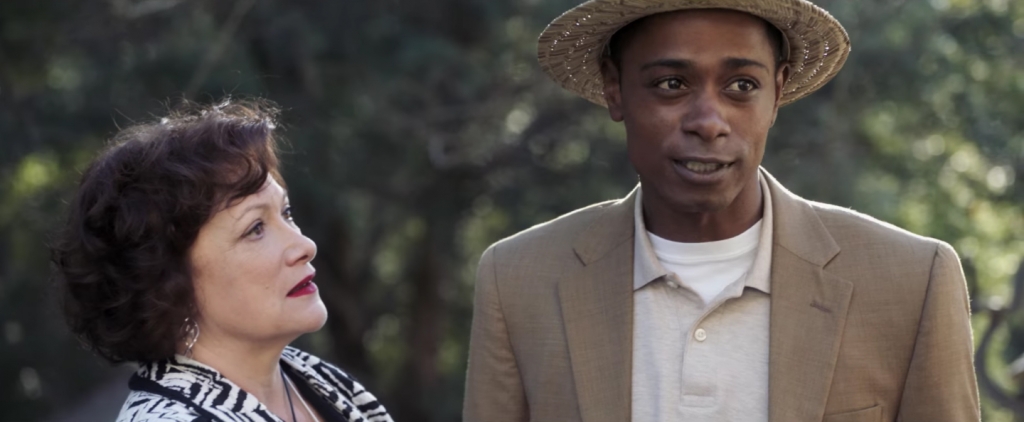
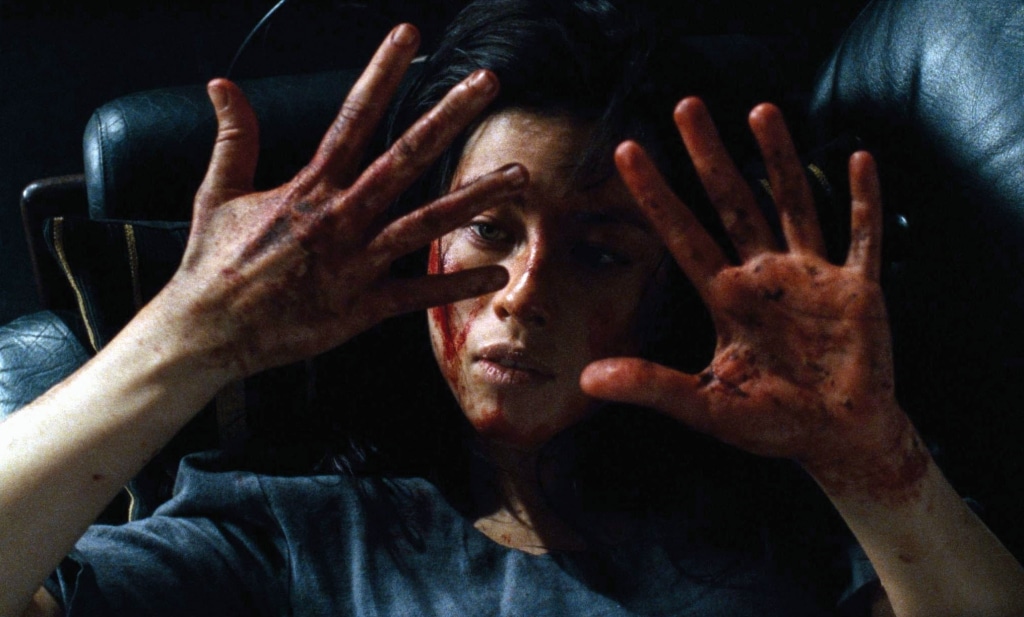
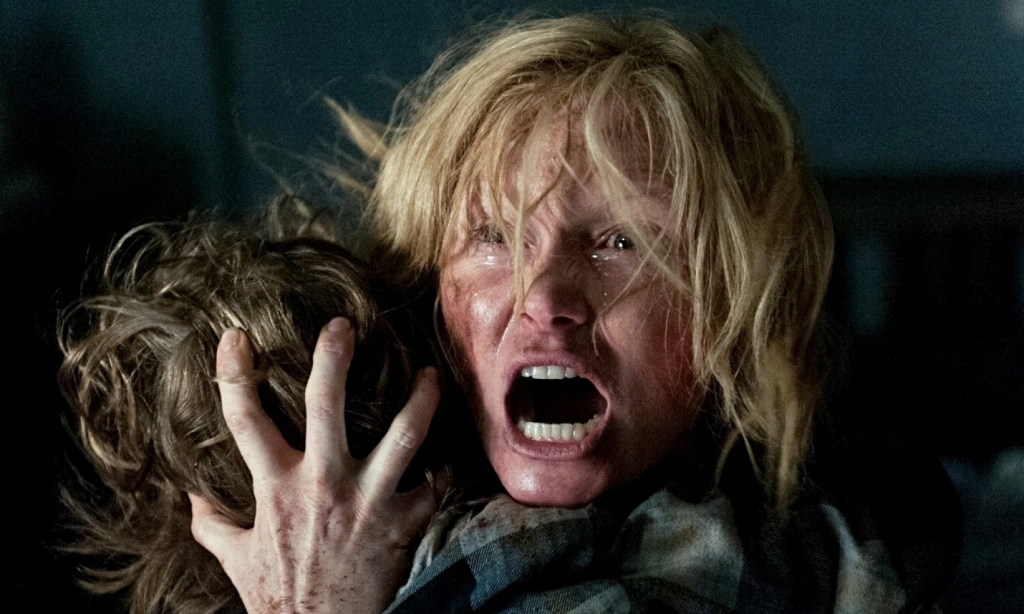
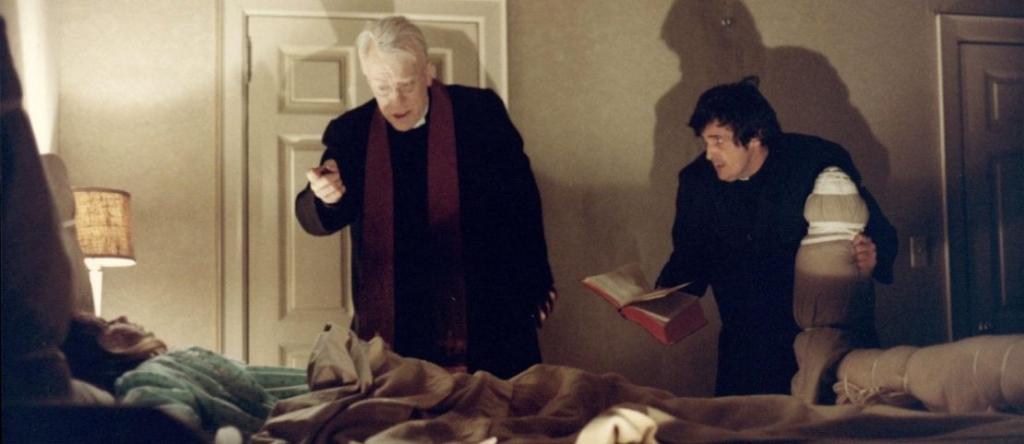
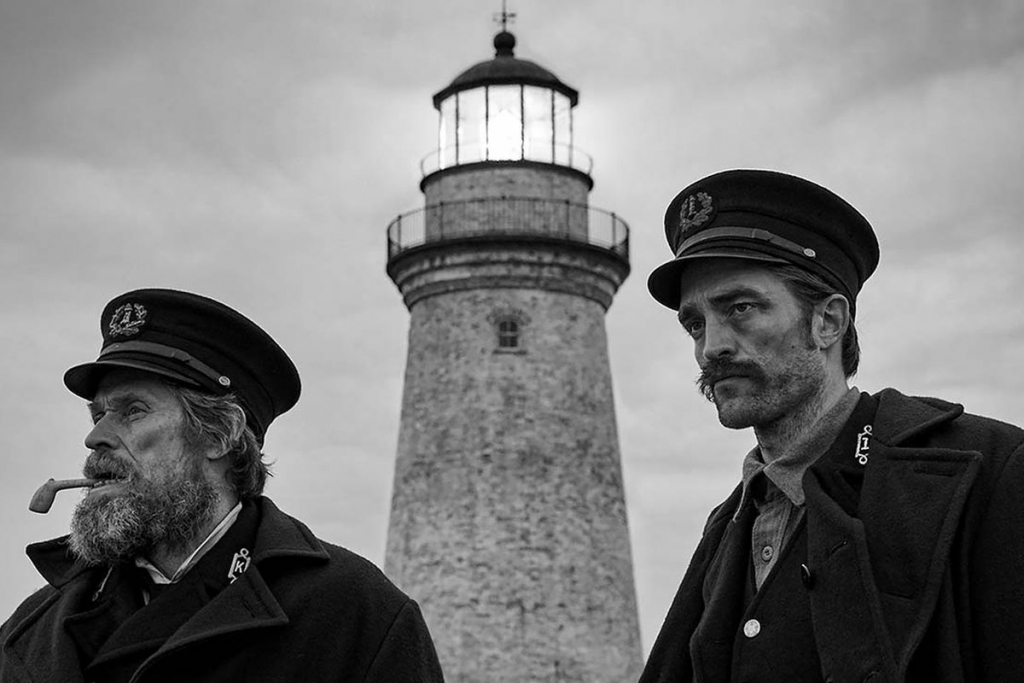
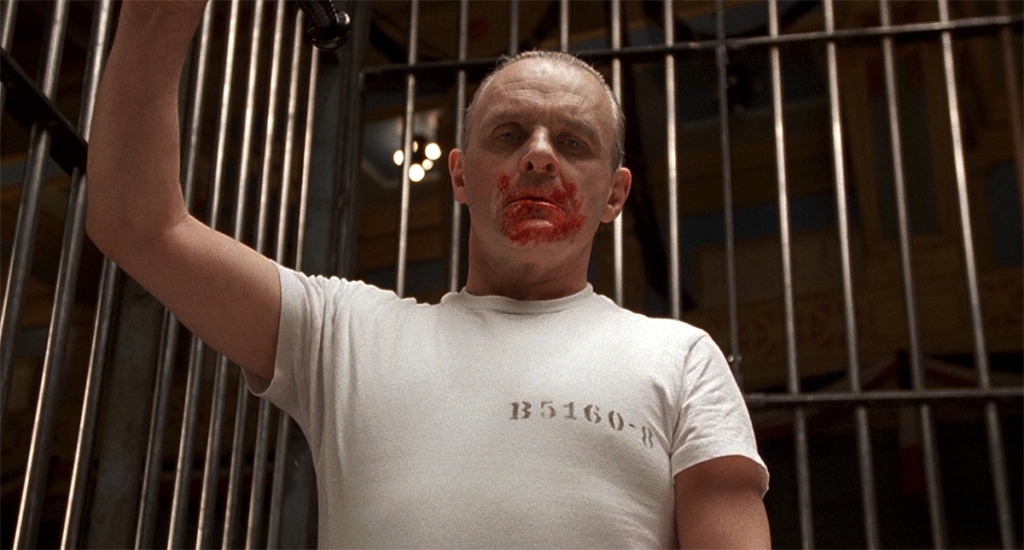

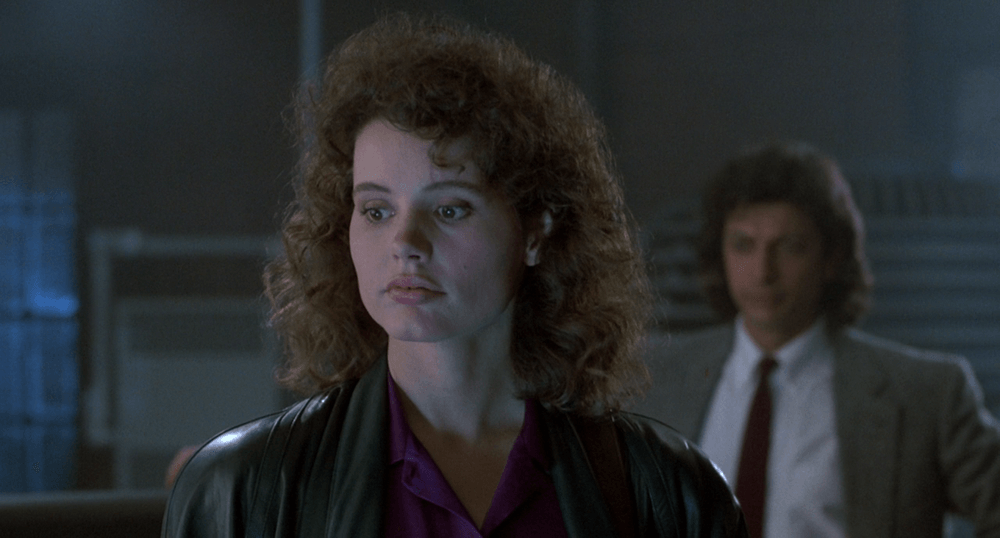
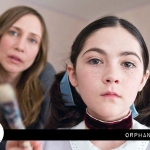

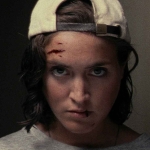
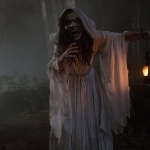


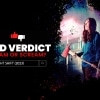




Follow Us!